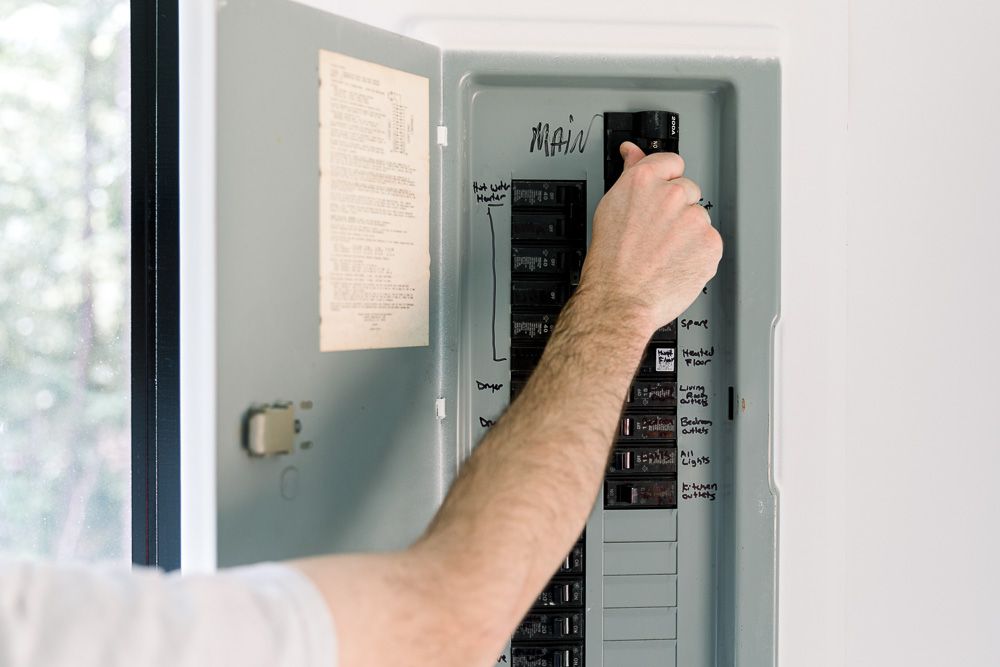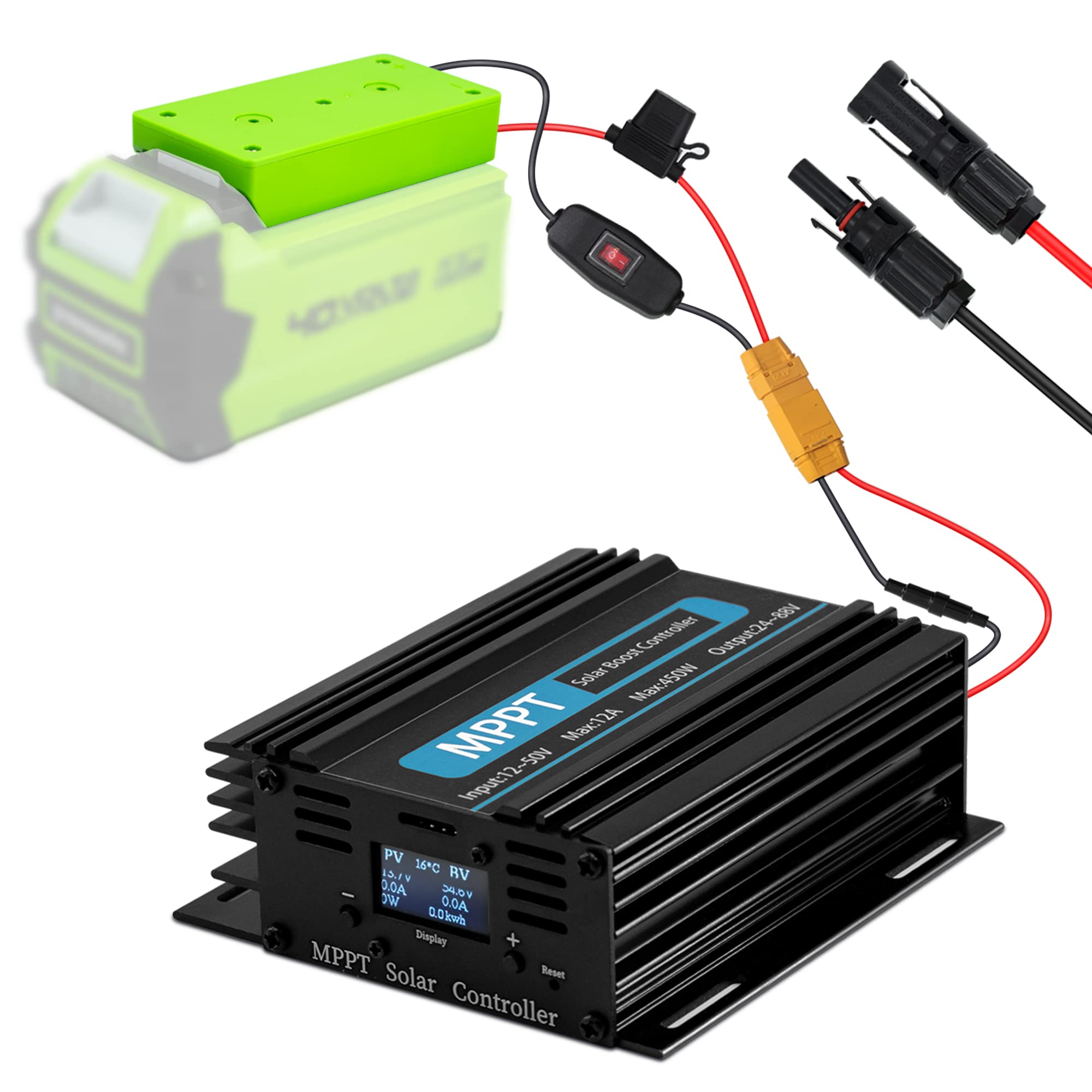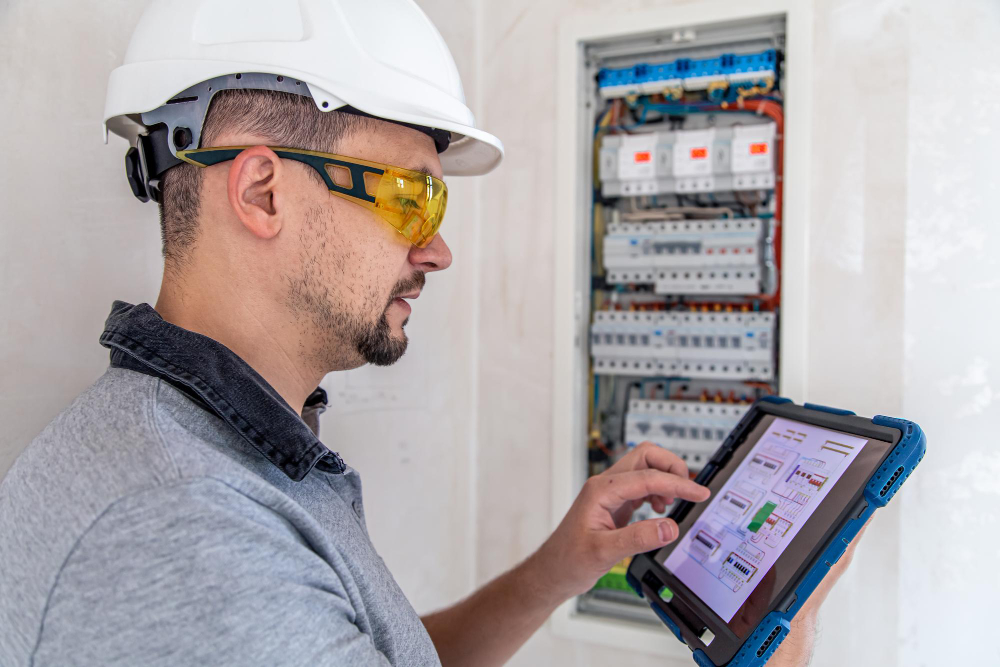If you’re wondering about circuit breakers, this article will tell you what they are and how they work. There are different types of circuit breakers.
High-voltage circuit breakers are designed to protect high-voltage lines from overcurrents. This type of breaker is complex, so it’s used in power transmission lines.
Low-voltage circuit breakers are designed for household use, and they monitor medium-voltage circuits with protective relays. Circuit breakers can be categorized according to their capacity. Small circuit breakers are designed to protect single household appliances and are often used for electrical installations.
Larger ones are designed for high-voltage circuits. Depending on the capacity, they can be classified into groups. There are old as well as modern circuit breakers in the market. If you want to know about the latest generation of circuit breakers, follow this guide.
What Is The Latest Generation Of Circuit Breakers Called?
Circuit breakers are devices that automatically shut off electrical power when a fault occurs, preventing the flow of faulty current from causing damage to the system. They are designed to open and close circuits to protect the system from harmful surges of current.
Residential, business, and automotive applications all make use of circuit breakers. The latest generation of circuit breakers has a ground fault circuit interrupter (GFCI) that prevents power interruptions due to short-circuiting. The latest generation of circuit breakers is made to protect from electrical hazards.
What Is Ground Fault Circuit Interrupter?
A Ground Fault Circuit Interrupter protects your home from electrocution due to a ground fault, which happens when water and electricity mix. A GFCI is used to interrupt the flow of electricity, which is the most dangerous kind of electric shock. It also protects you against the risk of fire by interrupting power to an appliance or building when water or electricity accidentally gets in contact.
A GFCI works by measuring the current coming from an electrical appliance or electrical device. It then compares this current with the amount of current that is coming from the neutral side of the equipment. If the two are unequal, then there is a misdirection of the current. GFCIs are an essential safety device in your home. They can reduce the chance of a life-threatening electric shock by limiting the flow of electric current.
This electrical safety device is essential for protecting you and your home from electric shock. It is also used to protect you and your family against line-to-ground faults. A GFCI can detect even the smallest amount of electrical current and stop it from causing a fatal electric shock.
How Does A Ground Fault Circuit Interrupter Work?
A GFI is an electrical device that interrupts a circuit when the flow of current is too high or too low. Its main purpose is to protect the consumer from electrocution. They prevent electrocution by detecting small currents that can be dangerous.
Typical circuit breakers interrupt a circuit at 20 amperes, but it only takes 100 milliamps to electrocute someone. Hence, a GFI detects the small currents and trips the breaker at the receptacle or the breaker panel.
The ground fault occurs when the path to the ground becomes broken. In such cases, the electrical current can find an alternative path to the ground through the user. A GFCI shuts down the power in less than 1/40 of a second by comparing the amount of current going into and coming out of the equipment. The amount of current is greater than five milliamps, indicating a misdirection of the current.
A Ground Fault Circuit Interrupter or GFCI is a device that shuts down the power supply when a ground fault occurs. This device compares the amount of current coming from electrical equipment to the amount of current coming from the user. When a circuit is broken, the GFCI cuts the power to the equipment, preventing the risk of a fatal fire. If the system is not connected to a GFCI, the person using it will be severely shocked or burned.
Benefits of Ground Fault Circuit Interrupter
GFCIs are essential for all homes. They help protect current residents as well as future residents from potential danger. Installing them in all rooms of the home can prevent dangerous fires and hazards. They also protect electronics from damage. The best way to ensure that your electronics are protected is to make sure they are grounded. This is an easy way to do this. In addition to saving lives, GFCIs also save money.
GFCIs monitor the amount of current flowing through the circuit and trip when the current flowing in and out of the circuit is different than the current going out. This means that the electrical current is interrupted before it can do any damage. They can also detect slow leaks in the electrical system and cut off the power before it reaches lethal levels. The benefits of using GFCIs can’t be stressed enough.
GFCIs can be installed in almost any type of home. They monitor the current running through a circuit and trip when the current is different from the one going out. This means that you can avoid electric shocks and protect yourself from fires. A ground fault interrupter will also lessen the likelihood of your circuit breakers tripping as often. This is a great safety feature, as they can stop electrical current before it reaches lethal levels.
Where is a GFCI Outlet Needed?
GFCI outlets protect against electrical shock and fire. These devices monitor the flow of electricity in a circuit and shut off power when it detects an imbalance. Because they have a built-in sensor, a GFCI outlet is ideal for homes with children, basements, or other areas prone to moisture. Unlike fuses and circuit breakers, GFCI outlets can be installed in outlets without a ground wire.
GFCI outlets were first required in bathrooms. They must be installed on all fifteen-amp, 125-volt outlets. These outlets must be within six feet of a water source such as a faucet or a wet bar. They are now also required in basements, patios, and any other outdoor area that has running water. In addition to the kitchen, GFCI outlets are also needed in the laundry room, garage, or basement.
A GFCI outlet must be installed in water-prone areas of a home. It is important to install them in areas where water may come in contact with the electrical wiring. This includes all bathrooms, kitchen countertops, basements, and patios with running water. The National Electrical Code calls for the installation of GFCI outlets in areas where there is a danger of electrocution. While a GFCI is a great safety feature, it should not be mistaken for a fuse.



